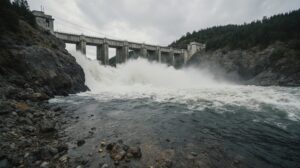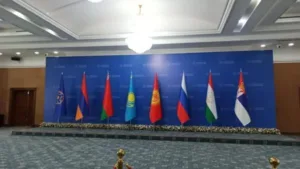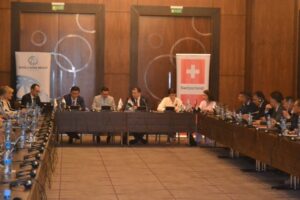Kazakhstan and Armenia have taken a step towards achieving Sustainable Development Goal (SDG) 7 — ensuring access to affordable, reliable, sustainable, and modern energy for all — by launching their national SDG 7 Roadmaps.
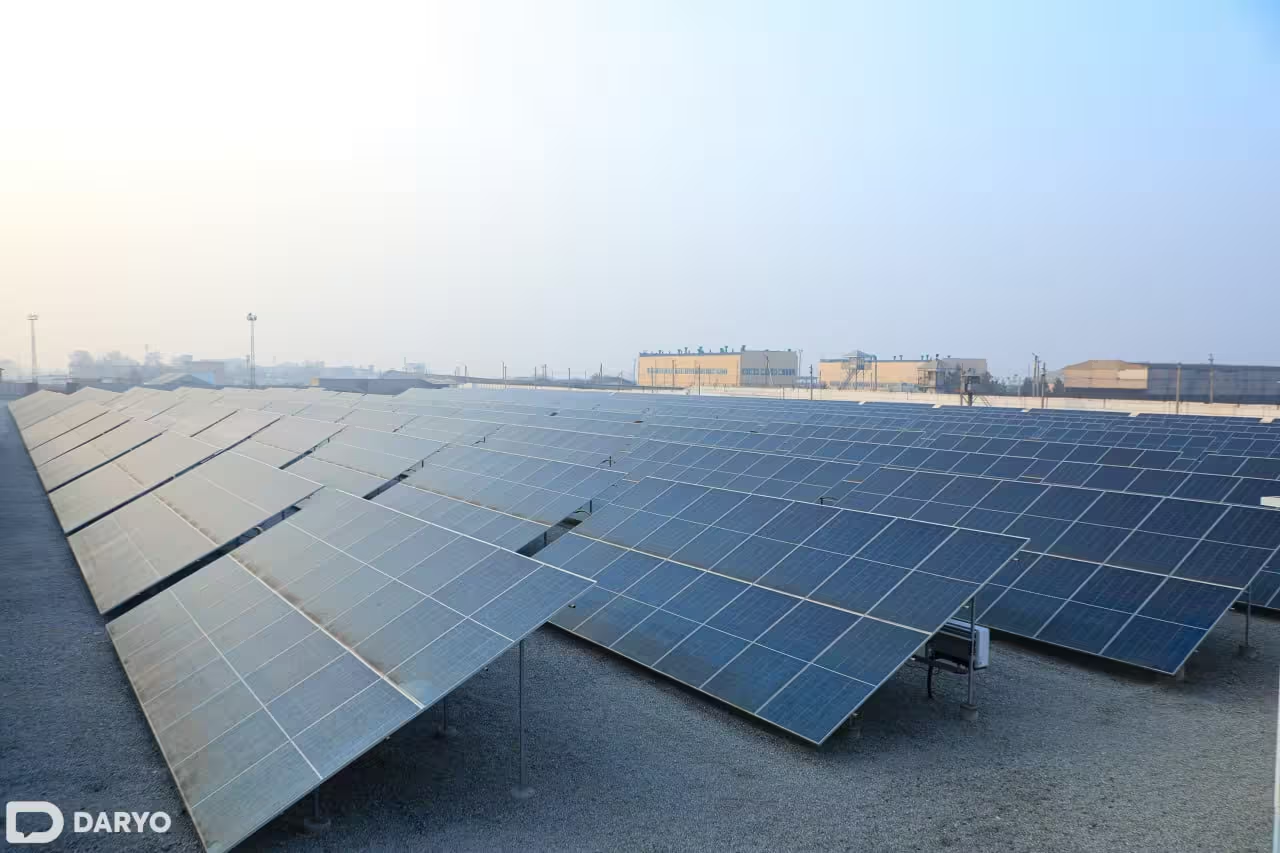
Developed under a joint United Nations Development Account (UNDA) project implemented by the Economic and Social Commission for Asia and the Pacific (ESCAP) and the United Nations Economic Commission for Europe (UNECE), these roadmaps outline clear pathways for accelerating progress in affordable and clean energy.
Kazakhstan has made impressive strides in energy access, already achieving universal electricity coverage and reaching 97.8% access to clean cooking by 2021. It is projected that universal clean cooking access will be attained by 2030 under current policies.
However, the country faces challenges in boosting energy efficiency, which needs an annual improvement rate of 3.4% to reduce energy intensity to 4.0 MJ/USD (megajoules per dollar) by 2030. The power sector’s heavy reliance on coal remains a major source of greenhouse gas (GHG) emissions. Increasing renewable energy in power generation is crucial for Kazakhstan to meet its emission reduction targets.
The roadmap recommends four key policy actions for Kazakhstan: enhancing energy efficiency across all economic sectors; accelerating electrification of the transport sector to reduce emissions and improve energy security; decarbonizing the power supply to achieve net zero emissions by 2050; and decarbonizing the heating sector to cut emissions and strengthen energy security.
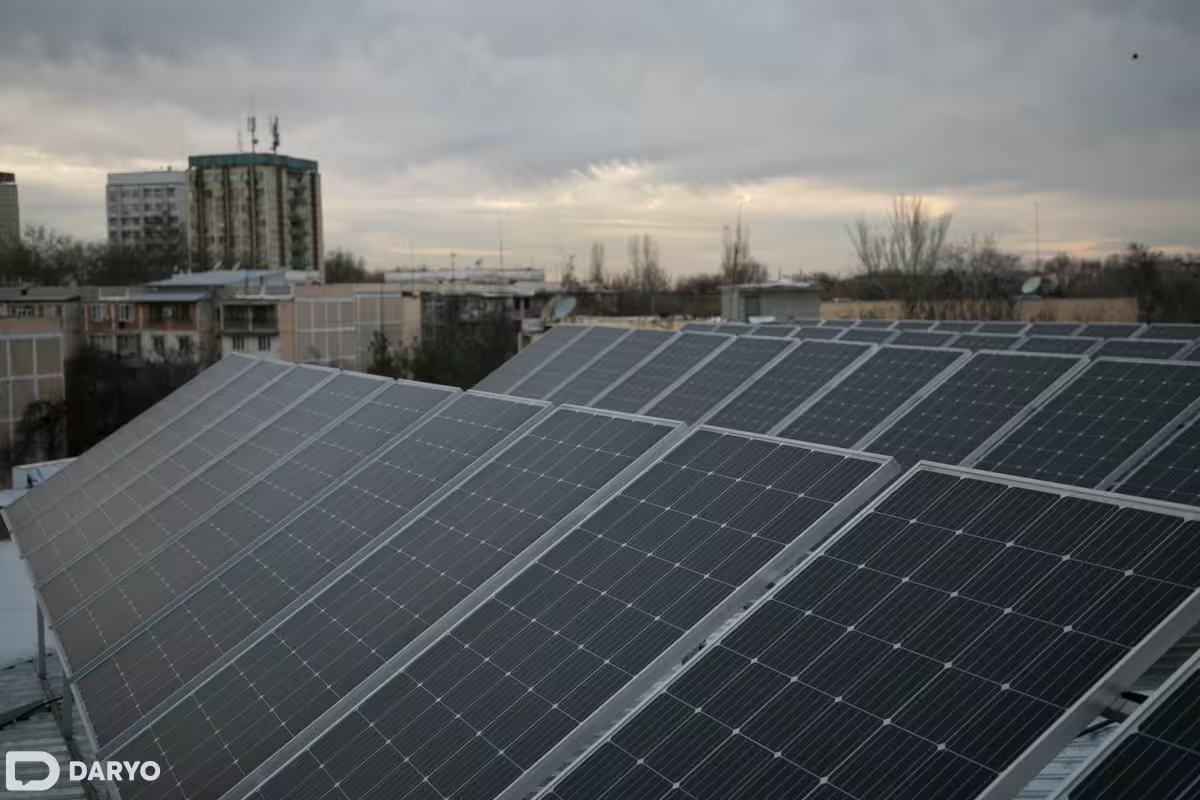
Armenia has also achieved universal electricity access and is on track to close its clean cooking gap by 2030. The country’s electricity generation relies on nuclear, hydro, and thermal plants, with a heavy dependence on natural gas and a relatively low share of renewable energy.
However, Armenia plans to increase renewable energy capacity to nearly 53% by 2030, surpassing its 50% target, largely driven by new solar and wind projects. Energy efficiency improvements are also expected, with energy intensity projected to fall to 2.8 MJ/US$2017 by 2030 under current policies. Armenia aims to accelerate this further to align with the global energy efficiency improvement rate of 4% annually.
The roadmap outlines four policy priorities for Armenia: implementing strong policies to close the clean cooking access gap by 2030; speeding up energy efficiency improvements across all economic sectors; adopting fuel switching strategies, including electrification, to advance SDG 7 and yield long-term benefits; and decarbonizing power and heating supply to maximize GHG emission reductions and improve energy security.
The SDG 7 Roadmaps were officially launched in Astana on April 29 2025 and in Yerevan on May 14. The Yerevan launch was jointly organized by UNDP, UNECE, and ESCAP. The development of both documents involved extensive data collection, analysis, national stakeholder consultations, and modelling using the National Expert SDG Tool for Energy Planning (NEXSTEP), a process initiated in 2022.
